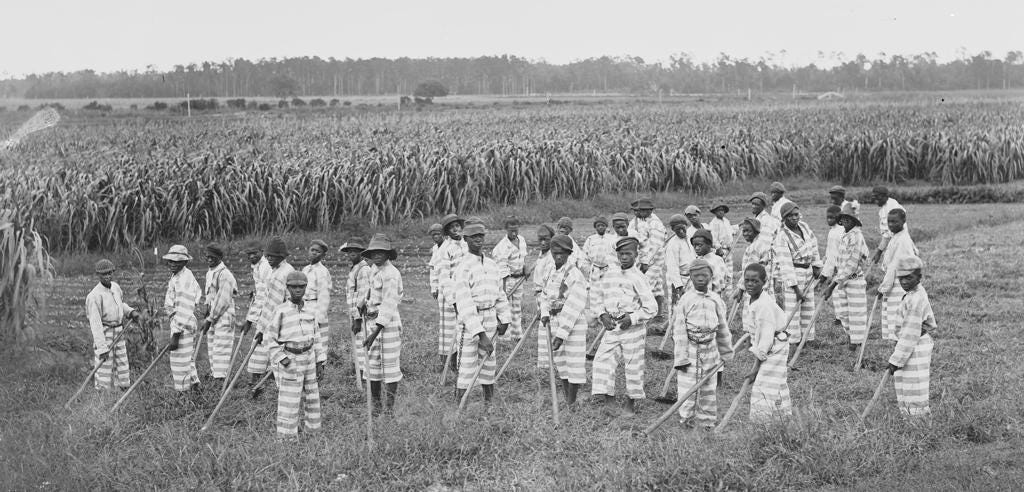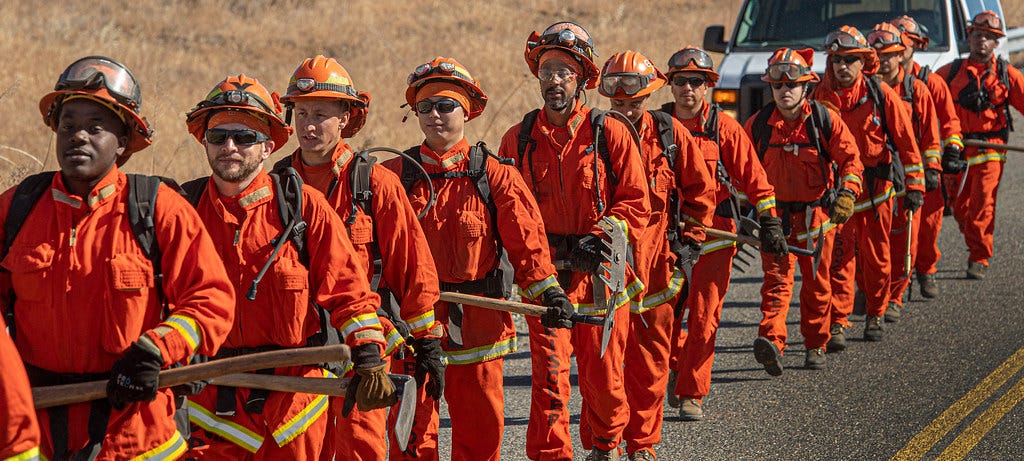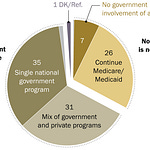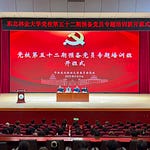Most people think slavery ended in 1865.
It didn’t.
The 13th Amendment banned slavery, except as punishment for a crime. That small clause is why America still has a prison labor system that looks a lot like convict leasing after the Civil War.
Alabama makes this crystal clear.
Leasing Inmates in 2025
The Associated Press spent two years investigating Alabama’s prison labor system. The findings are blunt:
The state earns millions by leasing inmates to over 500 businesses, from McDonald’s and KFC to hotels and farms.
Prisoners deemed “too dangerous” for parole are still sent out to work unsupervised in restaurants, factories, and warehouses.
Since 2000, Alabama has collected more than 250 million dollars from contracts and wage deductions.
In just the past five years, prisoners logged 17 million work hours outside prison walls.
And here’s the kicker. Alabama’s parole board granted release to only 8 percent of eligible prisoners last year, one of the lowest rates in the country. They are safe enough to cook your food, but not safe enough to go home.
Modern Convict Leasing
This isn’t new. After the Civil War, states like Alabama passed “Black Codes” to arrest freed Black men for minor infractions, then leased them to plantations, mines, and railroads. Convict leasing made millions for states and private companies.
It was supposed to end in 1928 when Alabama became the last state to formally abolish it. But the new system looks the same: a cheap, captive workforce, leased out for profit, with parole and freedom withheld.
Wages That Aren’t Wages
On paper, some programs say they pay “prevailing wage.” In reality:
Federal prison jobs usually pay 23 cents to 1.15 dollars an hour.
State jobs often pay nothing at all.
In Alabama, deductions strip away what little prisoners earn, taking money for room and board, court costs, and victim funds.
Immigration detention is even harsher, with detainees often paid 1 dollar a day.
Who Profits
Alabama’s system shows who really wins:
The state collects millions in fees and wage deductions.
Businesses get labor far below market rates.
Prisoners do the work but remain broke, trapped, and denied release.
Nationally, prison industries generated more than 2 billion dollars in goods and services in 2021. UNICOR, the federal prison industry, sells hundreds of millions a year, much of it to the Department of Defense.
Supporters vs Critics
Supporters say work keeps prisoners busy, teaches skills, and reduces recidivism. Federal data claims UNICOR participants are 24 percent less likely to reoffend.
But critics point out that:
Only a fraction of prisoners ever get industry jobs.
The skills often don’t match what is needed outside.
Most leave prison with no savings and no support.
The Alabama case shows something harder to argue with. If prisoners are safe enough to work in fast food kitchens or clean hotel rooms, why are they denied parole? The answer points to profit, not rehabilitation.
The Cynical Truth
Here’s the uncomfortable part that most people already suspect. Once prison labor becomes a profit stream, the incentive shifts. Law enforcement and courts gain reasons to lock people up, even for small crimes, or sometimes for no real crime at all.
History proves it. After the Civil War, “vagrancy” laws funneled Black men into convict leasing camps. In modern times, the Kids for Cash scandal in Pennsylvania showed judges taking kickbacks to send children into private detention centers. Immigration detainees today are forced to work for a dollar a day while private prison companies bill taxpayers millions.
Alabama’s system is not an outlier. It is a blueprint. Arrest, convict, deny parole, extract labor, and profit.
This is not rehabilitation. It is not about safety. It is an economic machine that thrives on incarceration. And it shows the 13th Amendment never abolished slavery, it rebranded it.












